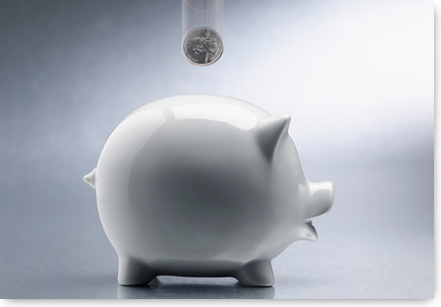So How Much Are We Supposed to Save, Anyway – The Hard Numbers and Figures you need To Stay on Track
We owe you an apology, readers. See, we’ve been pushing this theme of save, save,…
We owe you an apology, readers. See, we’ve been pushing this theme of save, save, save, but doing it in a way that’s still left you with questions. If there’s one thing that we don’t like doing, it’s leaving you with questions. It’s making you feel that there’s just no way that you’re ever going to get out of the situation that you’re in. We’re not fans of this technique at all, because that’s what a lot of finance sites do. They refer to some vague principles and expect you to fill in the dots. Now, we can understand why you wouldn’t want to make everything specific. You see, personal finance is what you make of it, and there are so many different points and notes that affect people differently. Everyone’s financial situation is different, which means that you’re really going to need to make sure that you keep everything in perspective. There’s nothing wrong with reading finance guides — in fact it’s actually the best thing that you can do for yourself. However, you will still need to take everything and adapt it to your own needs. That’s really the best way to go if you ask us.
So, back to the question at hand — just how much are you supposed to save anyway? If you’re hungry to build an emergency fund that you can count on, this is an important question. We want to strike a balance between the type of life we want to live and the type of life we want to live for the future. Saving helps you build the type of life that you want to live in the future, but what about the present? If you don’t spend at least a little bit of your money, you’re always going to feel deprived.
So let’s say that you have a take-home pay of $3,500 dollars a month. You want to immediately set aside your savings. If you are trying to go for 50% essentials, 30% wants and 20% savings, this would break down to $1,750 going towards bills and debts, $1,050 going towards your wants (like entertainment and clothes, etc), and then $700 going to your savings. This isn’t a bad deal at all — that actually gives you $8,400 a year in savings alone. If you put that even into a regular savings account that carried just a 1.1% APY, you would have $43,901 in 5 years. And that’s just doing the same thing month after month — withdrawing your money and putting it in the savings account. IT doesn’t require you to be a financial whiz kid or anything like that.
Now, you may have to adjust your percentages base don the type of financial situation you’re currently in. If you’re the type of person that is carrying a lot of debt, your “needs” column might be 60%, not 50%. This would naturally change your savings and the amount of money that you would have left over for fun stuff.
Speaking of fun stuff, if you really want to pay your debt down faster, you might have to be a social monk for a little while. This is where people start hating on the personal finance bloggers, but we kind of have a point across the board — life can be fun now or fun later. Most people choose “fun now”, not realizing that fun later would actually be a better option all things considered.
What’s more important than percentages is consistency. It’s not enough to just throw money into the bank account and then stop — you’re going to want to do this month after month, year after year until you have a nest egg that you can be proud of. Sure, it might mean that you don’t get your hair done as much and you might be hitting the used clothing shop rather than Macy’s, but you’ll thank yourself later when you have the down payment for a home, or something that’s equally important to you. Now is the time to make change happen in your life — are you ready to step up?





